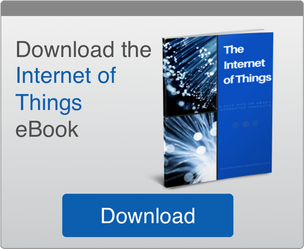 Businesses are demanding more than ever before from engineering. And, as the Internet of Things (IoT) becomes more and more prevalent in our manufacturing processes, our approaches to managing product development needs to adapt too. Smart, connected products are more complex to design, build and service. So multiple teams are expected to collaborate on the design stage before the product is even created. Through integrated and connected systems, teams are expected to provide faster time to market. How can this all be achieved? It requires a modern approach to product lifecycle management.
Businesses are demanding more than ever before from engineering. And, as the Internet of Things (IoT) becomes more and more prevalent in our manufacturing processes, our approaches to managing product development needs to adapt too. Smart, connected products are more complex to design, build and service. So multiple teams are expected to collaborate on the design stage before the product is even created. Through integrated and connected systems, teams are expected to provide faster time to market. How can this all be achieved? It requires a modern approach to product lifecycle management.
Gaining visibility between the digital and physical world
Now, the visibility gap between the digital and physical world is closing, as product engineers and manufacturers gain knowledge from real-time customer feedback. Product performance and quality can be collected as real-time data, allowing product designers to make changes as soon as possible.
A product’s limitations are narrowed, as product design and development improves. Customer operations and after-sales servicing has greatly enhanced due to the IoT.
What’s needed for today’s approach to PLM?
In today’s connected world, we need systems in place that are purpose-built for the IoT era.
PTC Windchill 11 offers a PLM system that can truly bridge the gap between the digital and the physical. It encourages product designers to develop, test, build and service products before they are passed on to manufacturers. This effectively closes the lifecycle loop due to IoT data being captured in real-time. Enterprise software systems can now deliver valuable insights due to greater connectivity and integrated resources.
What's the value of real-time data for manufacturers?
By gathering real-time data from products in use in their customer’s hands, manufacturers can answer some important questions. For example, they can understand why customers question the features and functions, and if the product is performing up to par with it’s quality standards.
Therefore, the fusion of IoT with Windchill means improved PLM capabilities. It could be argued that product data has become increasingly important, and become the most valuable asset in a company. It’s an asset that is accessible across the organisation in a way that is easier and more intuitive to use, driving better-informed decisions. Ultimately, this new reality has helped manufacturers get better quality products to market faster than ever before.
